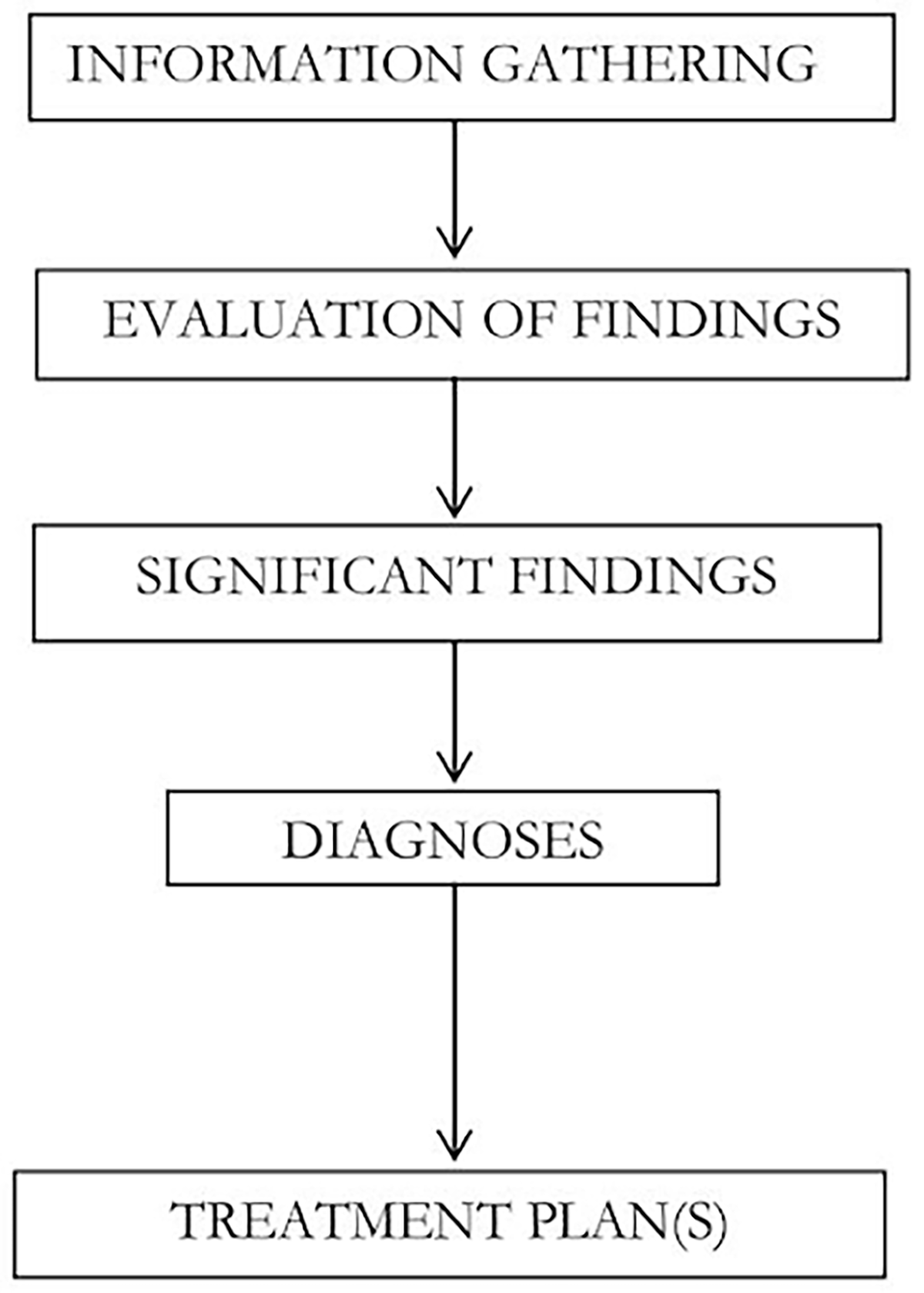The types of patients, and their presenting problems, that come through your door every day vary greatly, from esthetic issues to structural issues and diseases. How do you keep up with all of these patients? And how do you make sure you’re providing each of them with the best care for them?
This can be stressful for any dental professional. Luckily, you have a tool at your disposal that can reduce the complexity and set you up for success with every patient: the dental treatment plan.
Why are dental treatment plans important?
Dental treatment plans are fundamental to providing competent care to your patients. The treatment plan tells both you and your patient exactly what will happen when, and when the desired outcomes will be reached. It builds a relationship of trust between you and your patient and helps you identify viable options.
In a study titled Treatment Planning In Dentistry Using An Electronic Health Record: Implications For Undergraduate Education, the authors note that “using information obtained from the patient history, clinical examination and diagnostic tests, the clinician discriminates between pertinent and non-pertinent information in order to arrive at diagnoses. This ability to discriminate is one of the key differences between experts and beginners and highlights the importance of proper and targeted education in taking novices through competence towards expertise.”

Dental treatment plans are important because they help dental professionals gather complete information, arrive at a diagnosis, and discriminate between pertinent and non-pertinent information. John C. Cranham, DDS states this clearly in a 2017 article: “When we combine complete, accurate data with a programmed approach to treatment planning, the results we obtain will be predictable, optimal, and consistent.”
Unfortunately, the dental literature does not provide many insights into successful treatment planning, and less experienced dentists often do not receive clear training on building a comprehensive treatment plan. That said, there are some agreed-upon best practices for sequencing treatment plans and breaking them into manageable phases.

Effective communication is crucial to the success of any dental treatment plan. When a comprehensive treatment plan is not only created but also communicated to the patient, the likelihood of success for both parties is much greater.
In a paper titled Oral Diagnosis and Treatment Planning: Part 1. Introduction, the authors provide four steps to dental treatment planning: (1) collect and collate information, (2) establish a diagnosis, (3) consider treatment options, and (4) formulate the treatment plan.
Collect and collate information.
This step starts with building trust in the dentist-patient relationship. It’s about showing the patient that you can listen closely to their chief complaints, and that you genuinely want to understand their needs. It’s also important to take a full history and examination of the patient—not just their dental needs, but also other factors like mental health, finances, etc.
Establish diagnosis.
Diagnoses are useful tools in directing the treatment approach for each patient. However, coming to a diagnosis too quickly without considering all of the necessary data can lead to the wrong course of treatment. That’s why it’s necessary to come to an initial diagnosis, and then follow that diagnosis up with additional investigation and testing before coming to a final diagnosis.
Consider treatment options.
This step is where you should carefully list out for your patient the various options available to them for treatment. The dentist-patient relationship often runs into trouble during this phase when dentists fail to include the patient in the consideration or fail to provide enough detail to make sure everyone’s on the same page.
Formulate the treatment plan.
The authors note the following advantages to a well documented and tailored dental treatment plan:
- The logical progression of stages
- Less stress on the patient and dental staff
- Improved time management
- Fewer inconveniences for the patient
- Improved likelihood of achieving goals
- Clear, detailed information for the patient’s time, money, and prognosis
- Reduced risk of non-payment or legal issues
- Anticipation of complications
- Improved ease of transferring providers
Why is it essential to sequence a patient’s treatment plan?
It’s important for dentists to map out their patients’ treatment plans (all options, including those options not taken and why decisions were made) so that patients have confidence in their plans, and dentists are protected from malpractice suits.
Sequencing your treatment plans allows you to break down the complexity of each case even further into manageable time frames. It’s important to consider all of the potential factors impacting the patient and the way they feel about the treatment plan.
DentistryIQ notes four important factors: physical, emotional, mental, and financial. If your patient has physical health symptoms—for example, back issues—they may be unable to sit in the chair for long periods of time. This will need to be taken into consideration during the sequencing of the treatment phases. Emotions also come into play. For some, their teeth can be a source of self-consciousness or social anxiety. Other patients may not understand why they need the treatment in the first place. That’s why it’s important for the dental team to educate patients about the potential risks of avoiding treatment. Last but not least, most patients have financial concerns regarding a treatment plan. They want to understand exactly how much it’s going to cost them and when they can expect each bill, as well as which procedures will be covered by insurance.
In a study titled Treatment planning in conservative dentistry, the authors state that “complex treatment plans often should be sequenced in phases, including an urgent phase, control phase, re-evaluation phase, definitive phase, and maintenance phase.”
Now that you know why it’s essential to sequence each patient’s treatment plan, let’s evaluate the details of each phase of the treatment plan.
What phases make up a successful treatment plan?
The phases that make up a successful treatment plan have been carefully documented in the dental literature. As mentioned above, those phases include (1) urgent phase, (2) control phase, (3) re-evaluation phase, (4) definitive phase, and (5) maintenance phase.
Urgent phase.
The urgent phase focuses on eliminating any severe symptoms to make sure the patient is safe and comfortable. Take care of the most urgent issues first. Infections, swelling, pain, bleeding, etc. must be resolved before any other treatment can continue.
Control phase.
The purpose of this phase is to take care of secondarily urgent issues and stabilize the patient’s dental health. This includes four key elements:
- Eradicate diseases such as caries and inflammation
- Remove barriers to maintenance
- Eliminate potential causes of disease
- Begin preventive dentistry activities
Re-evaluation phase.
This phase allows for healing of corrections made during urgent and control phases, and an evaluation of the success of those measures.
Corrective phase.
Reassesses treatments given in previous phases, their successes, and failures, and puts in place any needed corrective measures.
Maintenance phase.
The purpose of this phase is to prevent future deterioration and reinforce the success of previous procedures. This should include regular checkups, the frequency of which depends on the state of the patient’s overall dental health and risk.
Conclusion
It is important to make a detailed dental treatment plan for every patient. This is crucial both for the patient and for the dentist. It provides a framework for success that creates confidence for both parties, and it provides a greater ability to anticipate any potential complications or setbacks. When sequenced into phases, dental treatment plans provide the dentist-patient relationship with a structure and agreement of trust that improves the likelihood of achieving desired outcomes and giving patients a positive experience.
Ready to improve the way you get and keep in contact with your patients? Download The Modern Patient Journey: 10 Surprising Ways Health Systems Can Use Text Messaging.



